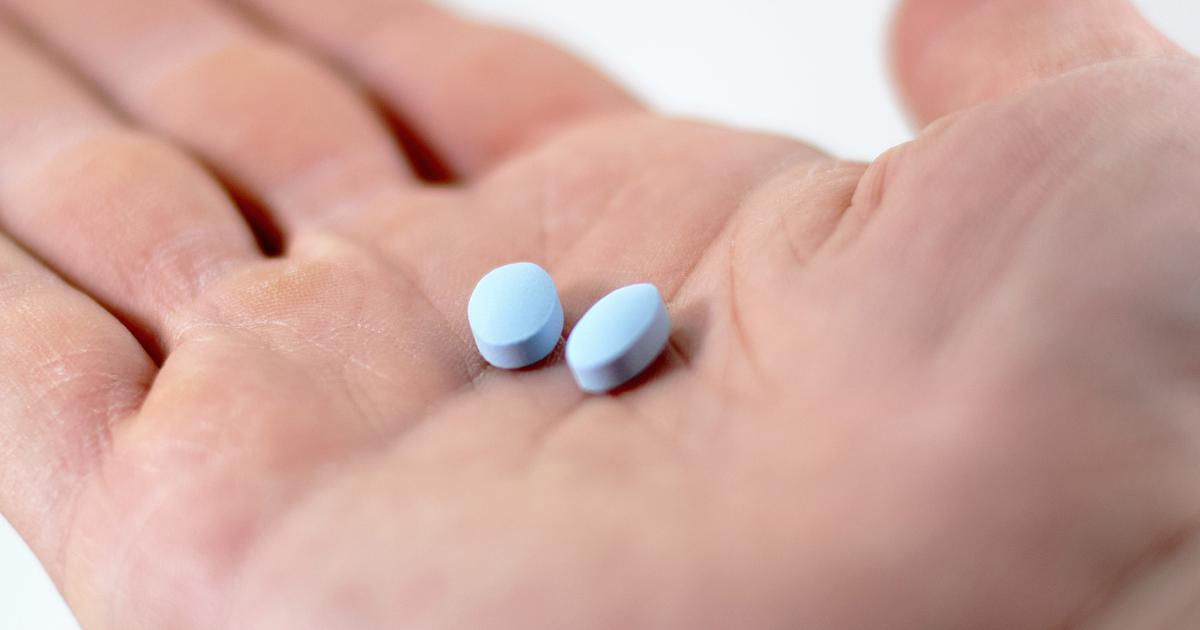Simple Ways To Prevent And Treat Postnasal Drip
Postnasal drip occurs when an individual's body creates more mucus than it usually does, or when the mucus their body produces is thicker than usual. Mucus is produced by the glands located in the linings of the intestinal tract, stomach, airways, throat, and nose. This substance is thick and wet enough to moisten the areas. It also traps and destroys viruses and bacteria to keep them from causing infection. Mucus is usually unnoticeable in the nose because it mixes with saliva and drips down the throat, but excess mucus can become noticeable. When it comes out the nostrils, it's a runny nose, and when it runs from the back of the nose to the throat, the term is postnasal drip. There are many potential causes. Postnasal drip usually doesn't require anything more than over-the-counter treatment and home remedies.
Try Oral Medication

There are several oral medications available over-the-counter to help combat postnasal drip. Pseudoephedrine is a decongestant that can reduce congestion and help eliminate the condition. Patients can also use nondrowsy antihistamines to reduce postnasal drip, such as loratadine-pseudoephedrine. These medications don't tend to provide quick relief, but they do build up in the system and help with allergies and postnasal drip on a long-term basis. Since they're antihistamines, these medications are also best for allergy-related postnasal drip and may not work very well on issues caused by viruses and the common cold. Pseudoephedrine shrinks blood vessels inside the nasal passages. When the blood vessels in the nose dilate, they can cause nasal congestion because the amount of space for air to pass through is compressed. In addition to treating postnasal drip, pseudoephedrine can treat sinus congestion and congestion of the eustachian tubes, which drain the fluid found in the inner ears. Pseudoephedrine shouldn't be used in children under four years old.
Keep reading to learn more about how to treat postnasal
Use Nasal Sprays

Some nasal sprays can help reduce or eliminate postnasal drip. Saline nasal sprays are available over-the-counter and should be sufficient for most cases of postnasal drip. In addition, patients can make a saline solution easily at home. The majority of over-the-counter saline sprays have an isotonic makeup, so the solution has the same concentration of saline as the body. Others are hypertonic, so they have higher salt concentrations than what's found in the body. Both of these can clear mucus from the nasal passages to reduce postnasal drip and runny noses. In addition, saline spray keeps the cilia within the nose healthy. These hair-like structures humidify the air moving into the lungs, trap viruses and bacteria to keep them from causing infection, and help individuals smell things. By promoting cilia health, research indicates saline sprays can treat sinusitis and rhinitis. If an individual's problems with postnasal drip continue and aren't being helped by home remedies, their doctor may prescribe a nasal spray that uses cortisone steroids.
Uncover the next treatment for postnasal drip now.
